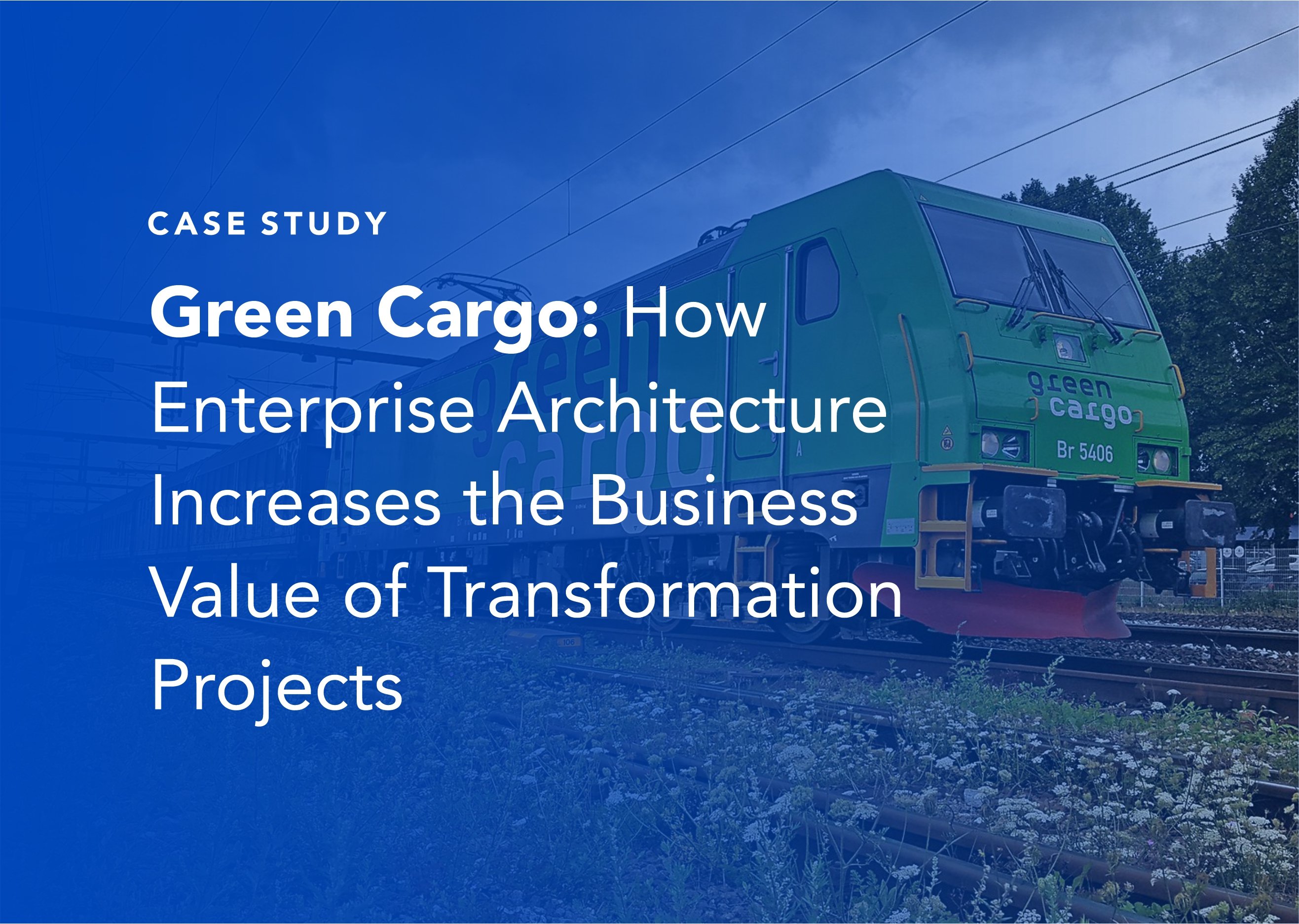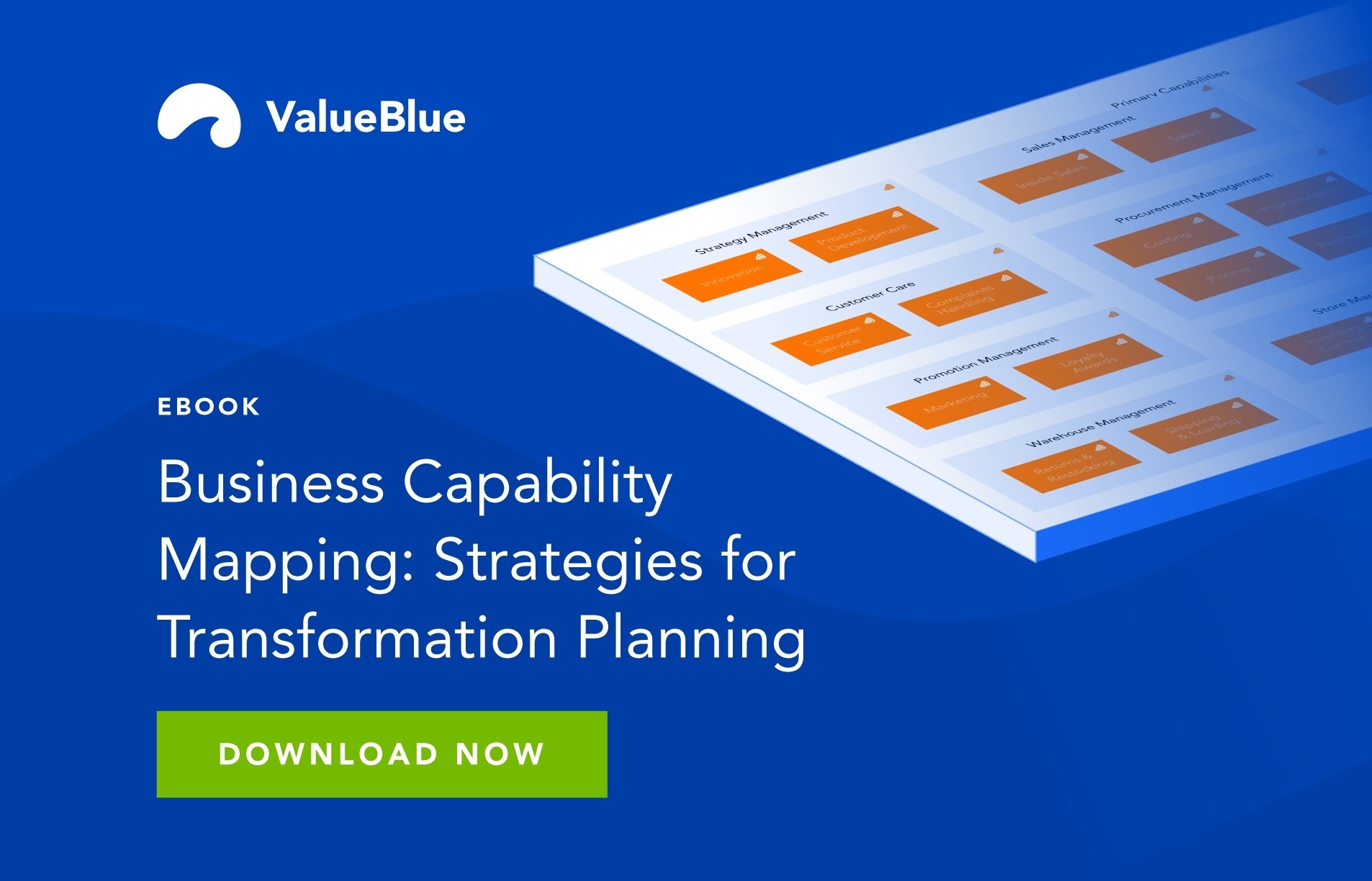Alfa Accountants & Advisors

Who is Alfa Accountants & Advisors?
Alfa Accountants & Advisors is a large accountancy firm with more than 1,000 employees. It is a national organization, with 34 branches operating locally throughout the Netherlands. Jan Lasschuit has worked at Alfa Accountants for more than 20 years, starting out as an assistant accountant. He eventually found his way to ICT and became a Program Manager. Almost two years ago, he decided to immerse himself in Enterprise Architecture. Jan tells us about the added value of EA and how it can be expressed in numbers.

With 1,000 employees, you simply have to use architecture
Jan: "In 2018, we started using BlueDolphin for a cloud migration. That was a huge operation, involving more than 150 applications and 200 servers. We wanted to phase out Citrix. That could have posed some serious risks. What’s more, we didn’t know exactly how our application and server landscape looked. SLTN advised us to use BlueDolphin for the process. They had already used it for their cloud migration.
"We successfully completed our migration in 2018. The information and overviews we produced were extremely useful, so we decided to continue with BlueDolphin for the rest of our architecture. I didn’t have that knowledge at the time, so we hired it through ValueBlue. But I was so enthusiastic that I started to take all kinds of courses: ArchiMate, BPMN, TOGAF, and NAF’s six-month Enterprise Architecture Master Class. Then I applied that knowledge directly to our organization, such as the application functions. That’s how we found out, for example, that we had 10 ‘scan/recognize’ applications. We originally thought we had three. But it turned out that we had an extra seven. So we could make some savings there. It feels great to discover these kinds of things.
"We had another problem: the interviews with our stakeholders for the cloud migration showed that nobody besides our CEO and the ICT Manager was really familiar with architecture. Our CEO fully supported the choice, because he believed that you simply have to work with architecture when you have 1,000 employees or more. A staff of 1,000 is a tipping point after which it’s impossible to keep track of everything without tools and resources such as architecture. To implement the system properly, we had to involve all our stakeholders. We spent the first six months listening to people: What do you need? Who can we help with insights? Who can we help with choices? and so on. Purely to give the stakeholders an idea of what architecture is all about."
"The added value of BlueDolphin is that it gives you a good overall view and peace of mind. It also means that everybody is using the same working method. Inside the organization, everybody is saying that the use of architecture gets rid of any frustrations."
Jan Lasschuit, Program Manager at Alfa Accountants & Advisors
Why BlueDolphin by ValueBlue?
We’re accountants at heart, so what are the costs and benefits of BlueDolphin?
"The first executives said: 'fantastic that we’re doing something with architecture, great views, but what do we get from it and why should I spend time and energy on it?' Of course, we’re accountants at heart, so the first question we ask is: 'How much energy are you going to put into it and will you get value out of it? And what are the costs and benefits?' The ICT department liked it because of the company’s earlier experience with the cloud migration and the insights they got from that. What’s more, we could immediately reuse the collected information to make the AVG processing register to which we could directly link our IT-resources. But more departments gradually started to get interested. First came our Salary and Personnel Business Unit. Here the question was: 'Who uses which applications and which application authenticates what?'
"Then the Marketing & Communication department started to believe in it. The main question there was: 'Are the services that we offer the same services that we communicate to our (prospective) customers?' Well actually, no. So there you immediately see the value of BlueDolphin. Making these things visual helps you identify them and then you can go and improve them."
Working with architecture actually saves you money
"We then purchased the BPMN module. Our tax department came to us to ask whether we could map out the ‘Transfer to private company (BV)’ service. This is a service we provide to customers for the transfer and establishment of a private company. The great advantage of mapping out this process is that we could immediately demonstrate tangible value with this kind of view. It normally takes around 100 hours to transfer a business to a private company. A view like this shows people exactly where they stand in such a process. It saves you an hour’s work before you even start.
"For all of 2019, we checked how much time that actually saved us. It turned out to be 4%, so four hours per project. When you apply that to around 60 projects a year, it’s a gain of 240 hours, which converts to €15,000 a year. And that’s just by creating a view. And you also gradually speed up the process by mapping it out. So you gain even more time. That means that working with architecture saves money, and we showed it in this way.
"The added value of BlueDolphin is that it gives you a good overall view and peace of mind. It also means that everybody is using the same working method. Inside the organization, everybody is saying that the use of architecture gets rid of any frustrations. Now you know exactly who is located where, and in which process, and everybody is communicating more effectively. This became evident not just during the fiscal process but also in other processes."
"Thanks to the view, the second day of the brainstorming session took only four hours because we were able to take up from where we left off. Half a day with a full team, that’s already a saving of €4,000 – with just one view, during one brainstorming session! When we found out that creating views saves money, I was asked to do it for more processes. But while we were creating every view, we’d always ask: 'What can we gain from it?' What’s the point in mapping out a process if it doesn’t have any added value.
"Where we could definitely gain added value is from the fact that some processes are only temporarily displayed in views while we’re working out the process. Then people tend to forget the view after the process. We need to save and maintain this type of information much more efficiently. If we do that, we’ll gain even more time and get even more added value from architecture."
.png)

